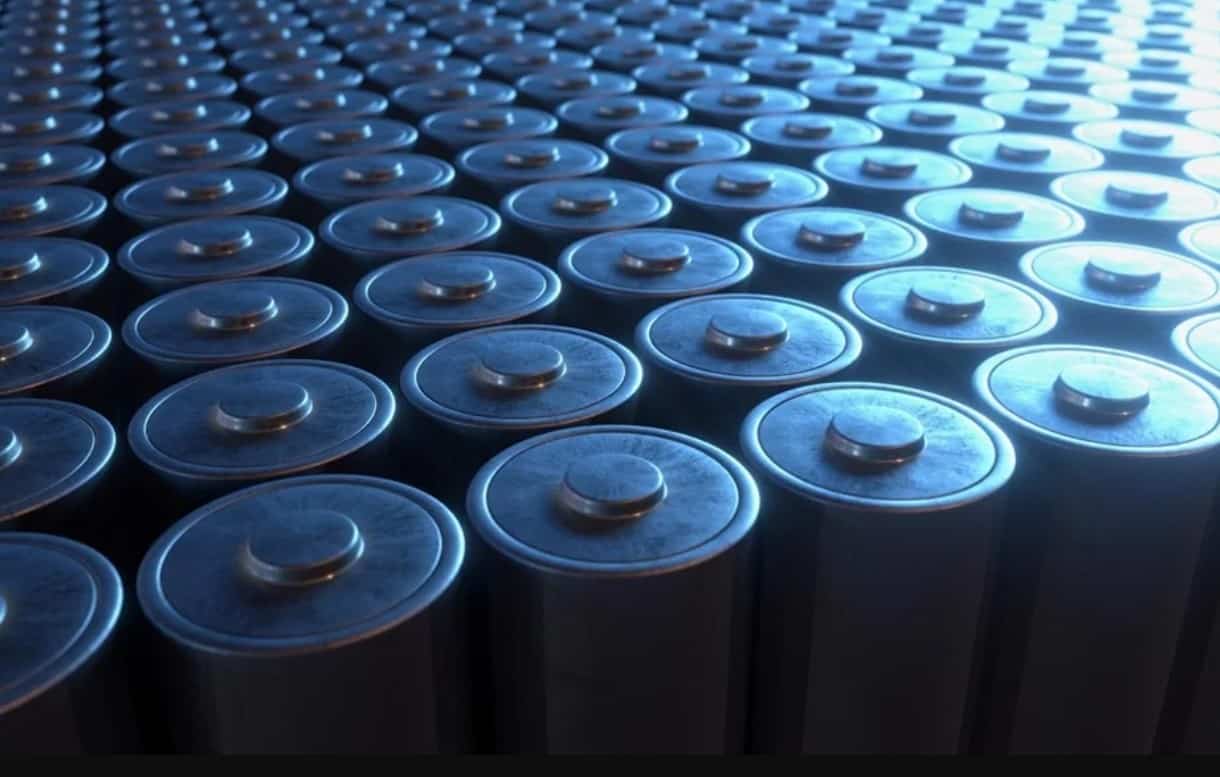Lithium-ion (Li-Ion) batteries are regarded as one of the most important and popular forms of energy storage globally. Found in a vast array of devices ranging from cell phones, laptops, and computer peripherals to electric vehicles (EVs) and aircraft, Li-ion battery technology is greatly responsible for powering the modern world.
However, one of the drawbacks is that once dead and no longer able to generate a charging cycle, Li-ion batteries are notoriously hard to dispose of and vast numbers, into the billions, are now accumulating in waste due to the ubiquity of portable electronic devices and growing rate of EVs on the roads today.
Now, a team of researchers based at Princeton have made steps towards developing a sustainable and economical way to recycle dead Li-ion batteries and make new ones in their place. Moreover, the team has set up a company to take the innovative technology to scale.
What we see is that people would be willing to give us their dead batteries that are currently just sitting around. They receive back from us new pristine cathode materials for new batteries cheaper than they could manufacture on their own.
Chao Yan, Co-Founder and CEO of Princeton NuEnergy and a Postdoctoral Research Associate in the Department of Mechanical and Aerospace Engineering
Princeton NuEnergy
The company set up by Yan and his colleagues, Xiaofang Yang, Yiguang Ju, and was set up to offer second-life battery solutions and closed-loop Li-ion battery technology to deliver advanced sustainable energy and environmental solutions.
To efficiently recycle the Li-ion batteries, the team developed a process that turns the spent materials from the cathode – or the valuable part of a lithium-ion battery, which contain elements such as lithium, nickel, cobalt and manganese – into new, reprocessed cathodes.
While existing technologies rely on energy-intensive, harsh chemical and high-temperature methods to break down batteries into component parts, the Princeton NuEnergy team directly recycles the battery cathodes through a process of renewal and upgrading the Li-ion cathodes.
This is much more environmentally sound than other methods and offers a route towards sustainability and scalability for Li-Ion battery recycling.
The NuEnergy Method
The NuEnergy method can recover a fair amount of the cathode’s structure and materials, including lithium and cobalt while reducing both water usage by around 70% and energy consumption by 80%.
The researchers developed a method that applies low-temperature plasma, which is an ionized gas that demonstrates extreme reactive properties. Resultingly, the reactivity of the plasma facilitates the elimination of contaminants from the cathode by way of chemical reactions that would typically require high-temperature conditions.
This method is able to clean the cathode without compromising the integrity of its structure.
Conventional methods include smelting, shredding, or strong acids to strip and dissolve certain elements from the batteries and leave nothing of the original structure behind.
“Acid breaks everything down to ground zero.” said Yan.
If you have a piece of dough, you may try to gently knead it and give it a different structure. But basically, you are leaving it alone. You are not destroying it or breaking it back into the flour and butter.
Bruce Koel, Professor of Chemical and Biological Engineering
Used and dead batteries usually lose some lithium during service life, so the Princeton NuEnergy team adds small quantities of lithium into the recovered cathode powder, which yields an economical, sustainable material for use in new cathodes.
Next Steps
Now that the researchers have founded Princeton NuEnergy, the next steps include scaling up this innovative Li-ion battery recycling method which could also help address some of the issues surrounding importing foreign minerals.
In addition to environmental issues resulting from intensive mining of precious metals, such as cobalt, today’s demand also means exploitative labor practices are often at the heart of extracting materials for use in Li-Ion batteries.
Thus, the NuEnergy team has set the objective of producing tons rather than kilograms of recovered cathode materials to address the environmental, labor and sustainability issues currently plaguing Li-ion batteries.
“Scaleup is always a challenge. It’s one thing to do it in a beaker, and another thing doing it in a vat the size of your office.” Koel.
We can’t do this fast by ourselves. Wistron had an empty manufacturing line and so they were very interested in hearing our proposal.
Bruce Koel, Professor of Chemical and Biological Engineering
Committed to transferring their method and technology into real-world commercial projects, the team aims to increase recycling capacity to cover Li-ion batteries in electronic devices and EVs.
We aren’t just a startup with an idea. We think there is a massive opportunity to transfer our technology into a real industrial project that will allow us to recycle and repurpose lithium-ion batteries at scale.
Chao Yan, Co-Founder and CEO of Princeton NuEnergy and a Postdoctoral Research Associate in the Department of Mechanical and Aerospace Engineering

